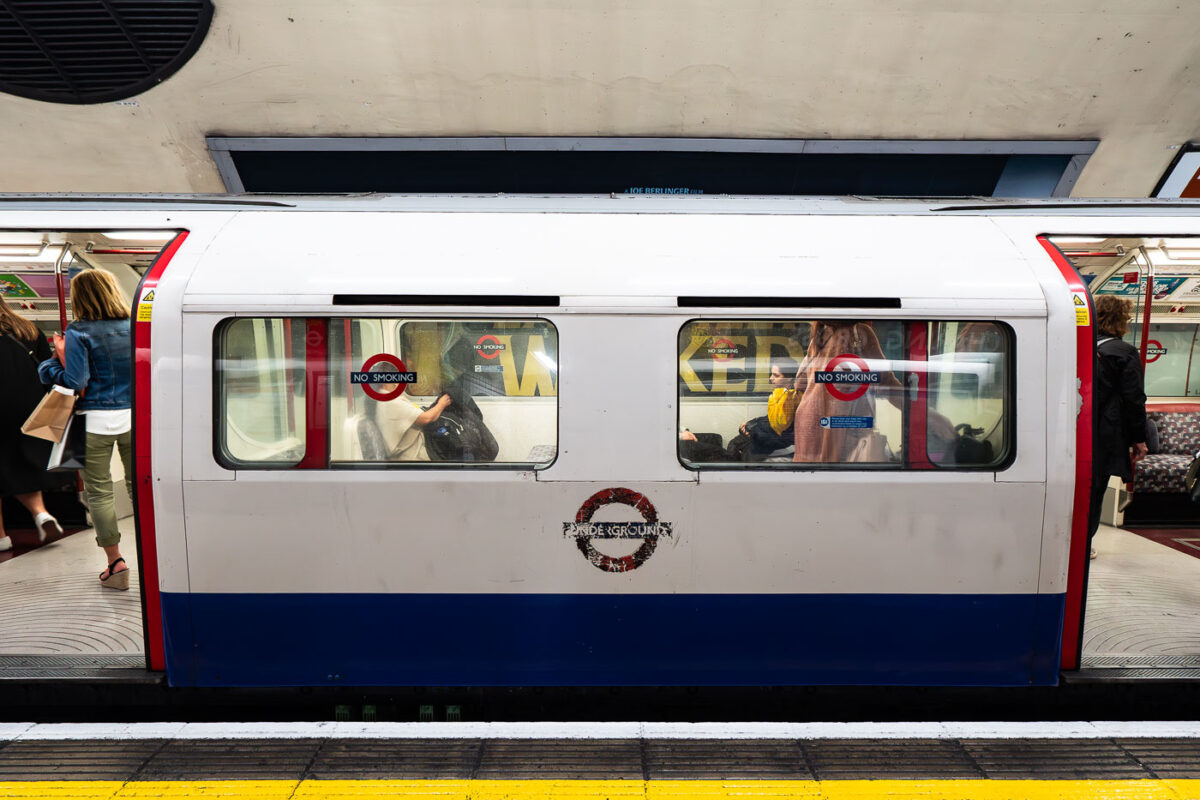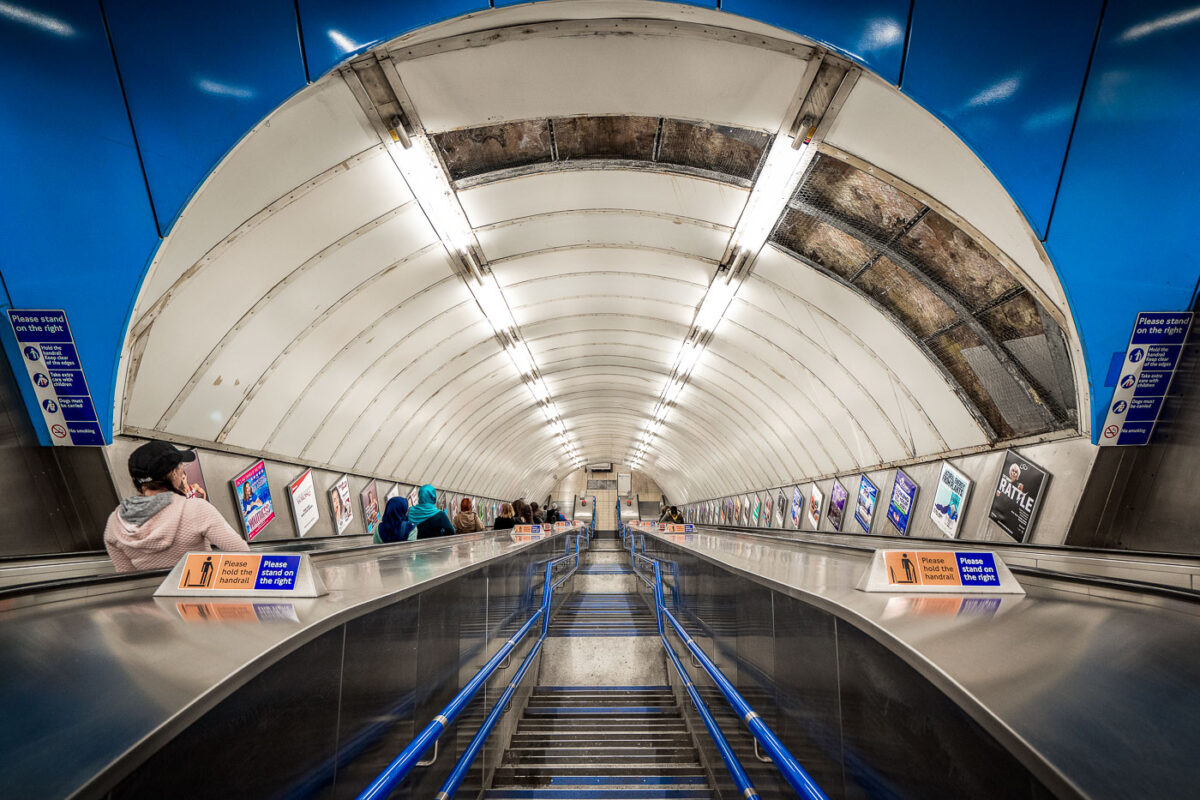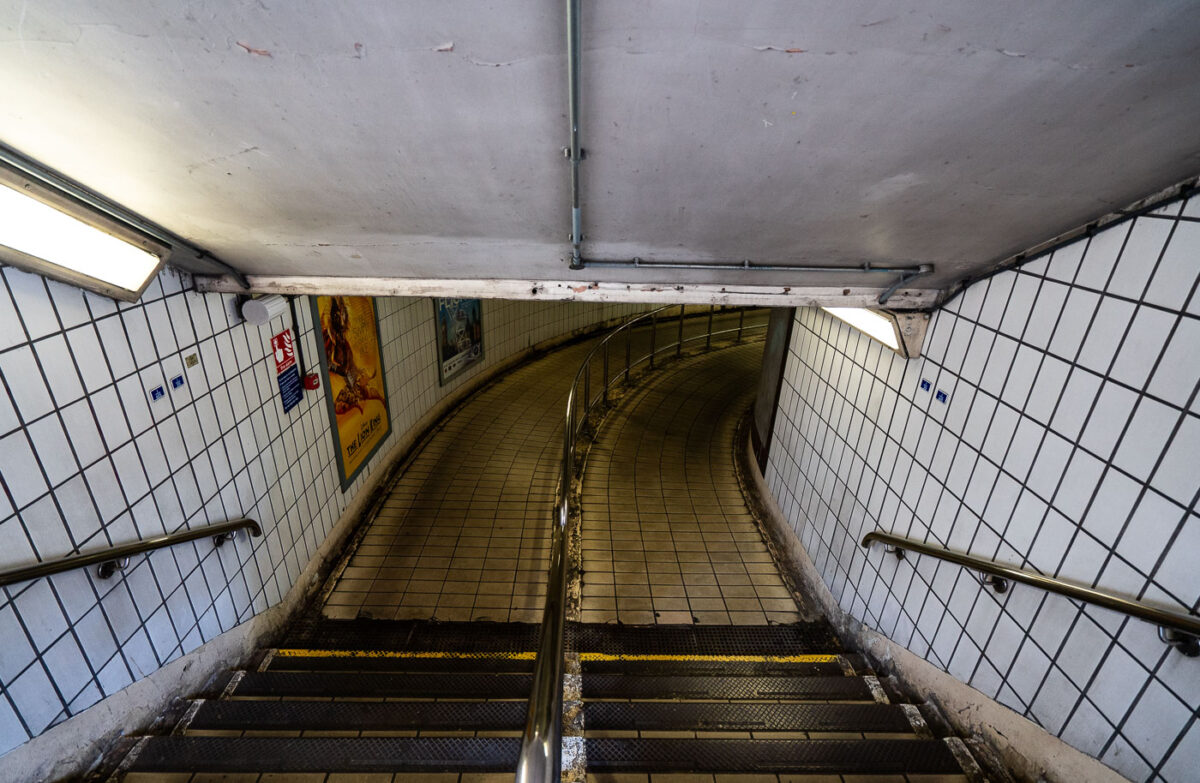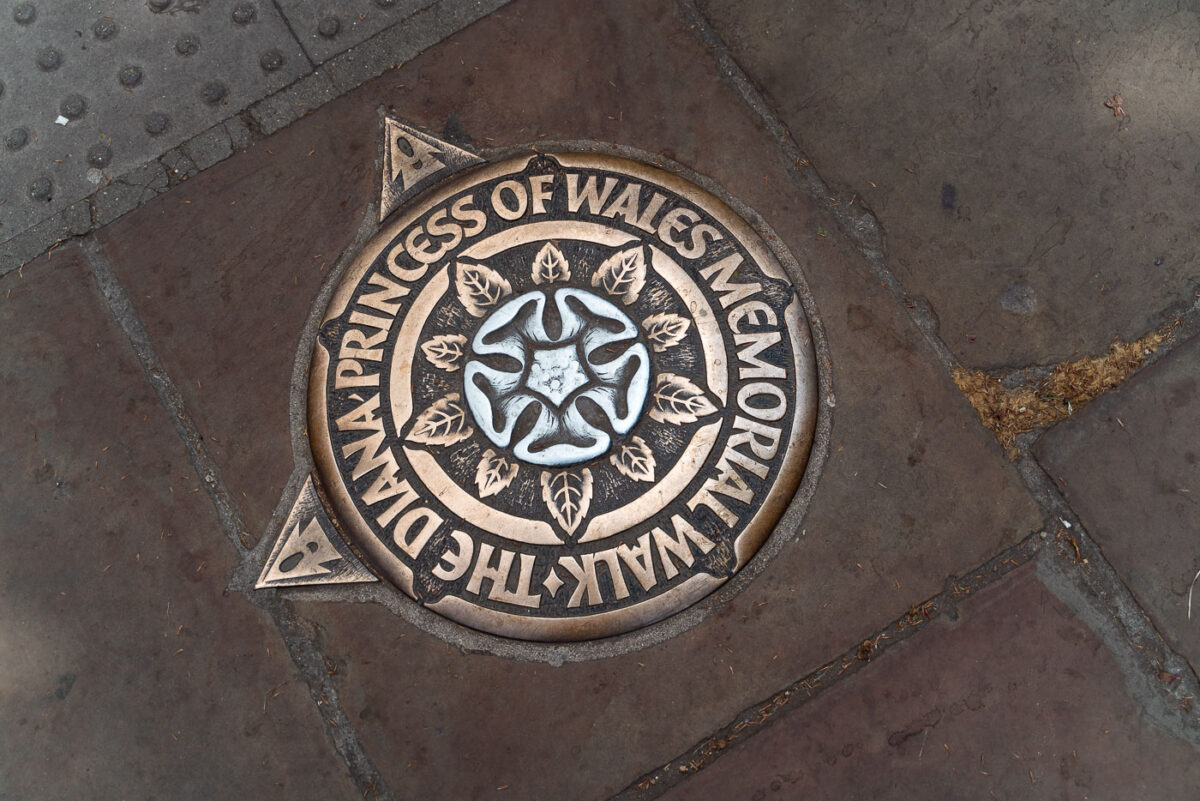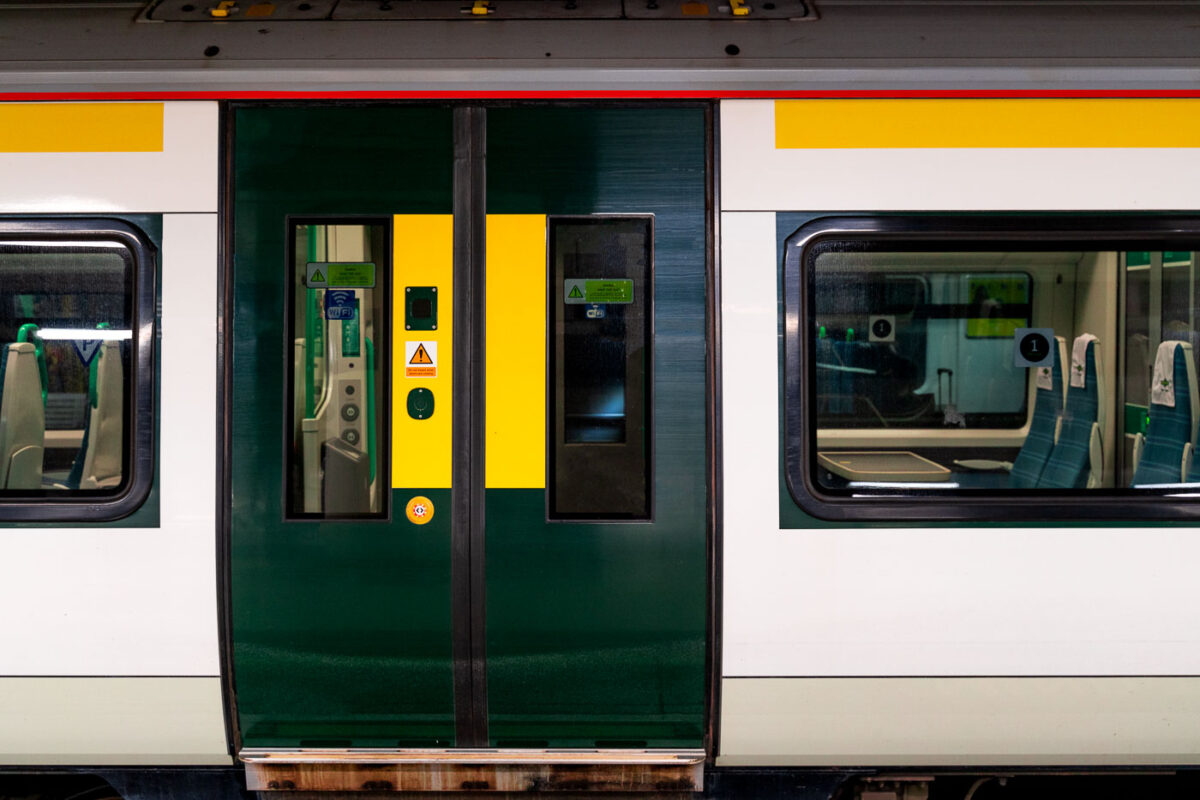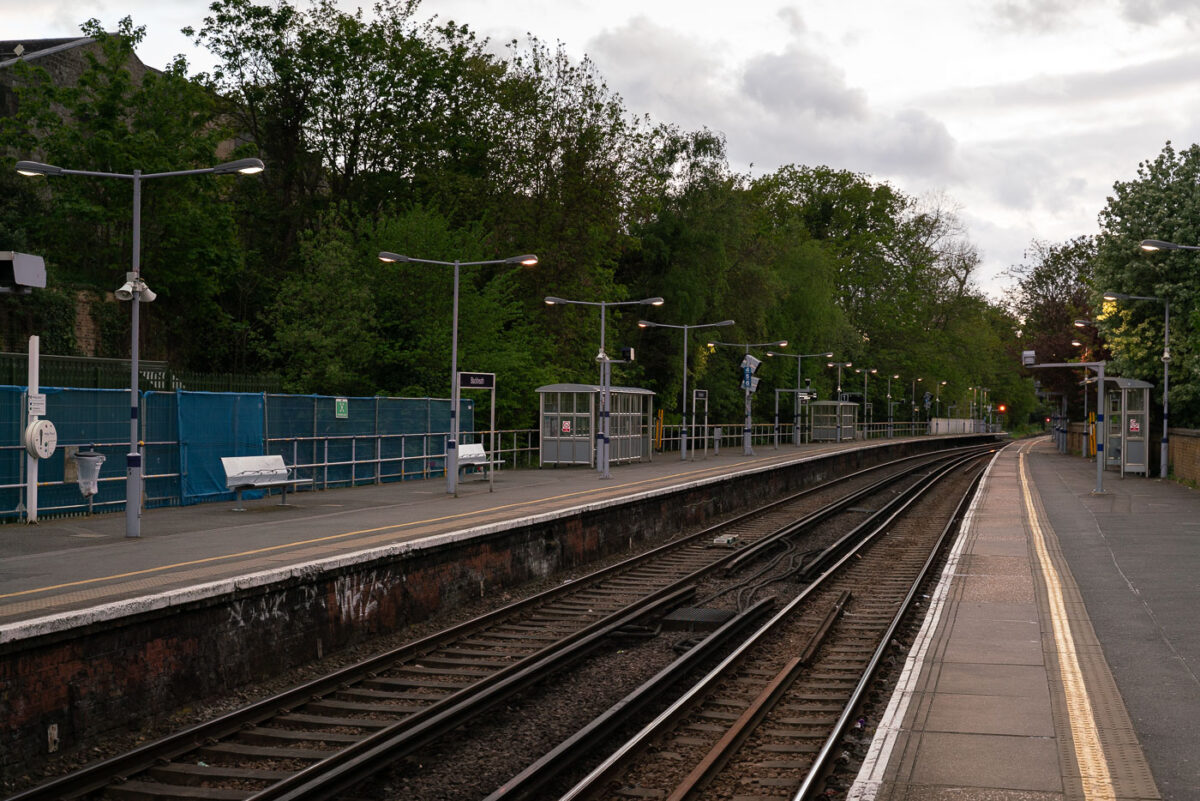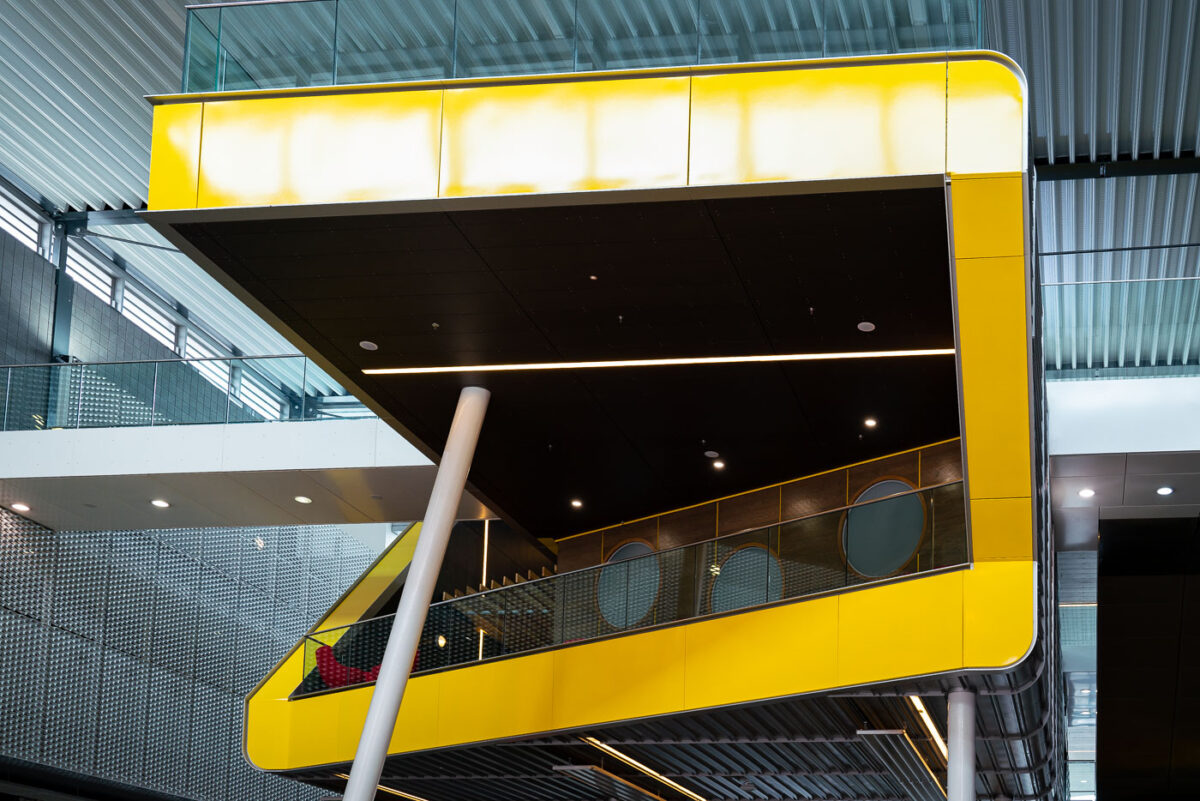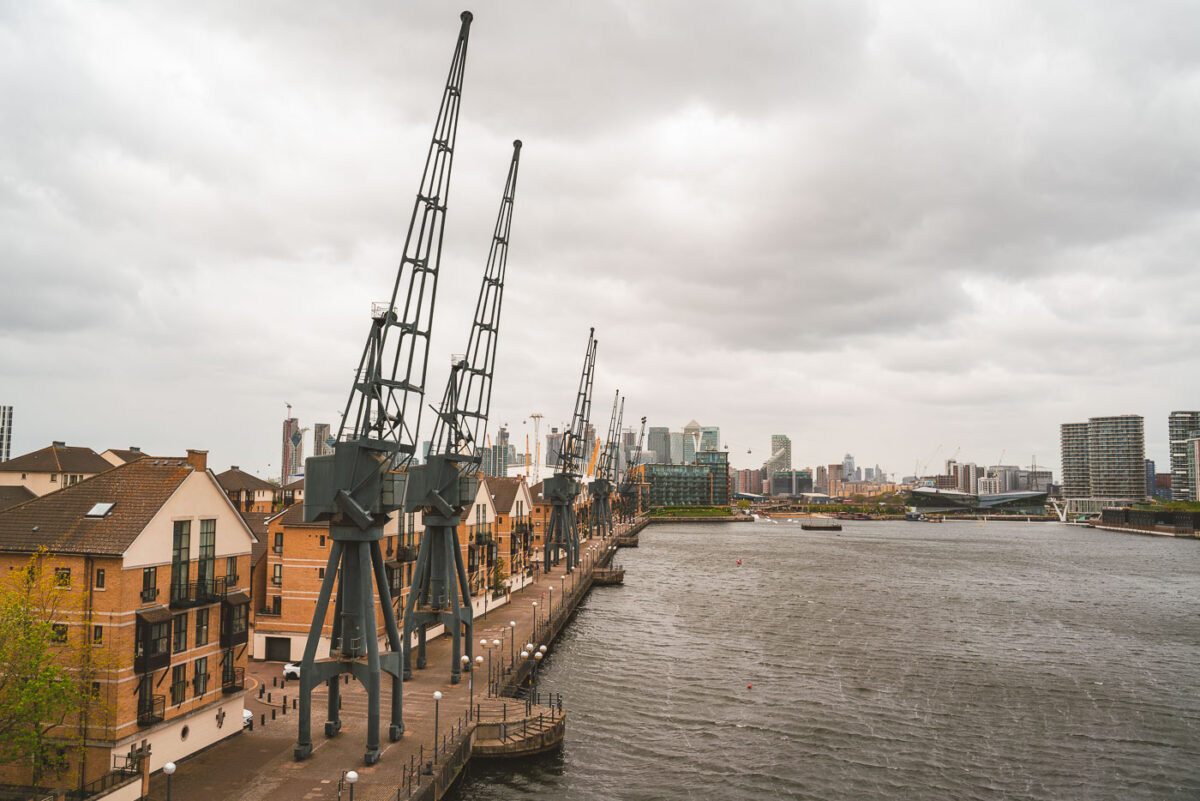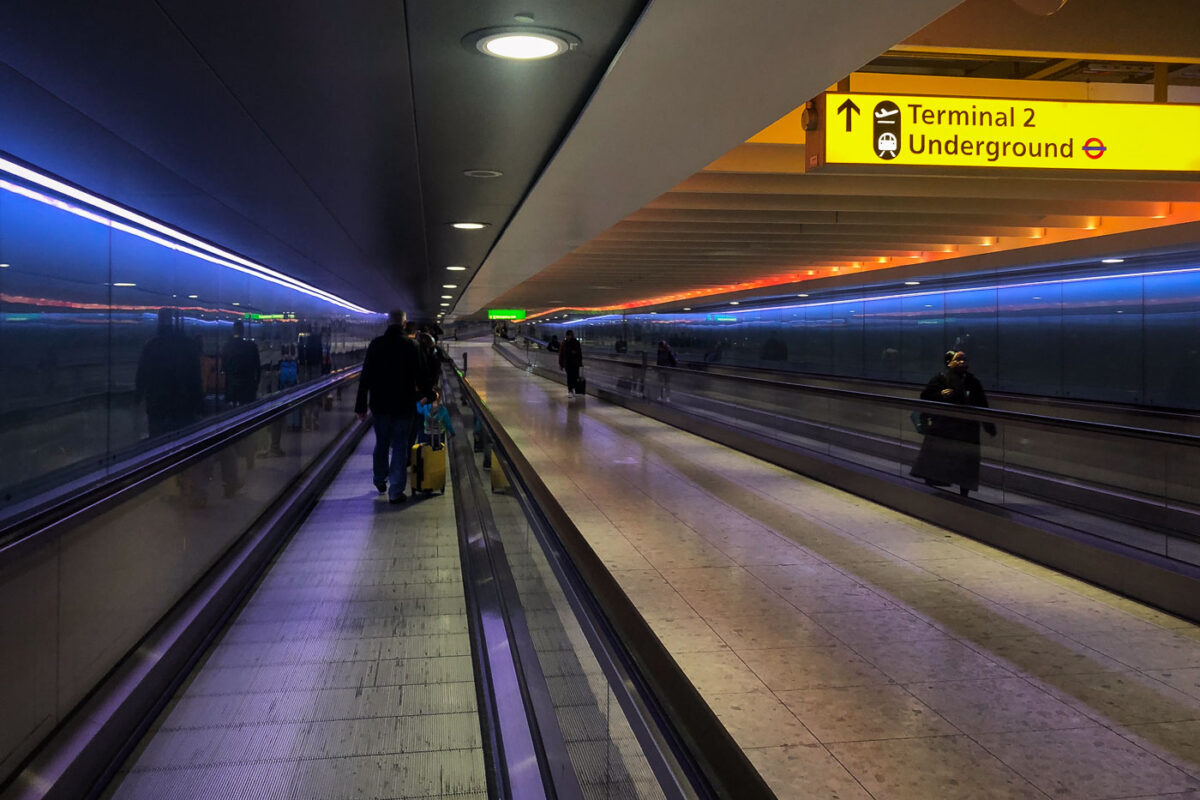
North Alignment Marker — London Street Survey Reference
A small directional survey marker embedded in a London pavement, used by city planners and cartographers for geospatial alignment. The engraved north arrow and circular design mark an official reference point in the city’s street network, often tied to Ordnance Survey data and modern GIS mapping systems. These subtle fixtures are essential for maintaining urban infrastructure accuracy, helping surveyors and engineers align roadworks, utilities, and property boundaries with London’s broader coordinate grid.
